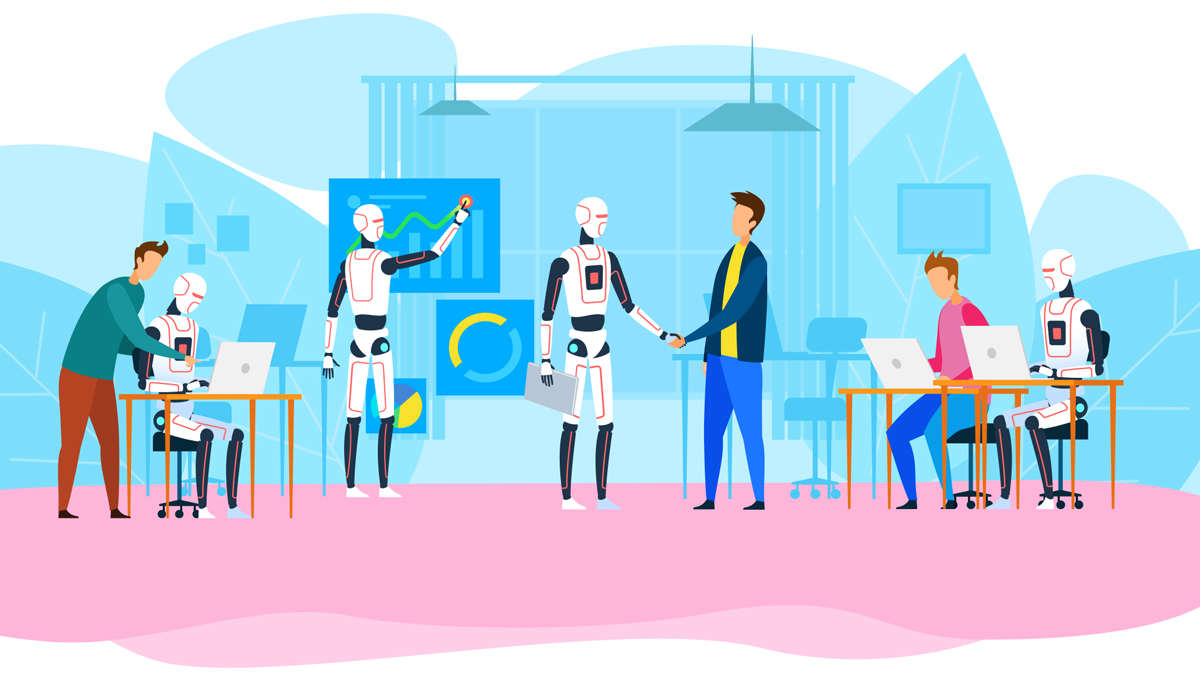Human Resources (HR) strategies are critical in influencing an organization’s performance. They are about more than just managing personnel; they are about integrating the staff with the company’s larger goals, promoting a pleasant workplace culture, and assuring long-term success. In this article, we will look at a step-by-step strategy to assisting HR professionals in developing impactful goals and objectives that create organizational excellence.
Balancing Employee Needs and Organizational Demands
Finding the right balance between providing workers with the necessary time off for rest and renewal and preserving the organization’s operational effectiveness is the goal of strategic PTO management. It necessitates comprehending the workflow and adjusting PTO plans appropriately.
Understand Your Organization
Get a thorough grasp of the mission, vision, and strategic objectives of your company first. Which fundamental principles best sum up your business? It is essential to comprehend these components in order to match HR strategies with the larger organizational goals.
Align HR Objectives with Organizational Goals, make sure every HR goal directly advances the attainment of corporate objectives. The strategic importance of HR within the organization is demonstrated by the clear relationship between HR initiatives and business results.
Promoting Employee Well-being Through Efficient HR Strategies:
Regular paid time off (PTO) is beneficial for both an employee’s physical and emotional health. People can unwind, refuel, and return to work with fresh Vigor and concentration. A healthier, more convenient workforce is a result of strategically managing paid time off or day off to address burnout and stress.
Acknowledge and Reward Success: Put in place staff recognition initiatives that honor both solo and group successes. Recognizing effort and commitment raises spirits and gives workers a sense of pride and community.
Promote a good work-life balance by speaking up in favour of it. Provide adequate time off tracking, remote work opportunities, and flexible work schedules. Employees are more motivated and engaged at work when they can strike a balance between their personal and professional life.
Encourage open lines of communication throughout the company. Regular feedback sessions and open-door practices encourage staff members to voice their thoughts and concerns, fostering a climate of trust and cooperation.
Enhancing Organizational Productivity
Strategic PTO management increases productivity, despite popular notion to the contrary. Well-rested workers are more productive and concentrated. Their inventiveness is higher, they commit less errors, and they improve team dynamics. Good effort frequently prevails over quantity.
Invest in Employees Development
Continuous learning is the key master to keep employees up to date with the new Technoloy and tools that make the work productivity hits another level of efficiency, encourage ongoing education and growth. Offer lectures, workshops, and chances to improve your skills. Putting money into staff development benefits the company overall in addition to the individual workers.
Give training and staff development initiatives top priority. Employee upskilling improves productivity and positions the company for the future. Initiatives for training should be in line with organizational requirements as well as personal career development.
Implementing Key Performance Indicators (KPIs)
The compass used to steer HR strategy is called a Key Performance Indicator (KPI). KPIs are measurable indicators that let HR managers assess how well their projects are doing. Metrics like workplace diversity indices, training programme completion rates, and employee turnover rates offer quantifiable information for assessment. By consistently tracking these KPIs, HR is able to evaluate the success of their plans and make informed decisions.
Develop Actionable Strategies
Create workable plans of action based on the established goals. If the objective is to increase employee engagement, for example, solutions can involve putting mentorship programmes into place, planning team-building exercises, and encouraging open lines of communication.
Promoting a positive Work Environment
A productive working culture is essential to any successful business. The goal of HR strategy should be to create a work environment where motivated, respected, and valued teamwork. HR specialists may foster an atmosphere where workers feel like essential members of a supportive and cooperative society rather than merely cogs in a machine by placing a strong emphasis on teamwork, recognition, and work-life balance.
Engaging with Leadership
HR strategies must be in line with the leadership’s vision for the organization; they cannot exist independently. HR workers are better able to understand the strategic direction of the organization when they have meaningful talks with senior executives. human resources pro can adjust their tactics to support and strengthen the organization’s overarching mission by being aware of the objectives and expectations of the leadership.
Workforce Diversity and Inclusion
Workplaces with inclusivity are more creative and adaptable. Recruitment diversity, inclusive policy creation, and cultivating a respectful culture are the main objectives of strategic HR initiatives. Different teams bring different viewpoints to the table, which improves problem-solving and decision-making.
Workforce Flexibility and Adaptability
Being able to quickly adjust to shifting consumer needs is a competitive advantage. HR tactics include cross-functional training, flexible work schedules, and upskilling initiatives to develop a staff that is adaptable and ready to handle changes in the sector.
Regular Reviews and Adapt
HR strategies should be flexible and adaptable. Regularly review the progress of initiatives, gather feedback, and be willing to make adjustments. Market dynamics, employee needs, and business goals may evolve, requiring HR strategies to be dynamic and responsive.
Conclusion
Developing effective HR strategies is a complex process that requires careful preparation, ongoing adjustment, and a sincere dedication to employee welfare. With the correct technology tools, a strategic attitude, and a thorough grasp of their company, HR professionals can create plans that not only address current issues but also foresee future difficulties. HR practitioners can successfully negotiate the complicated terrain of organizational dynamics and create an atmosphere that fosters employee well-being, innovation, and long-term success by following this step-by-step guidance. This mutually beneficial interaction between HR strategy and organizational objectives is what makes a successful, forward-thinking business truly unique.








